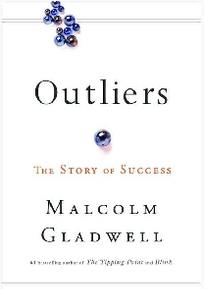The United States consumed almost 284 billion gallons of finished petroleum products in 2005. About half, 49 percent, went to power our autos, pickups, hybrids, and SUVs. Another 22 percent, distillate fuel oil (diesel and fuel oils), went to space heating, on– and off–highway diesel engine fuel (e.g., railroad engine fuel and fuel for agricultural machinery) and electric power generation.
Our gasoline and diesel consumption is supplied from both domestic sources and foreign imports. Imported gasoline covered about 6.6 percent of our consumption or 9.3 billion of the 139.9 billion gallons consumed in 2005. Imported diesel in 2005 covered about 8 percent of our consumption or 5 billion of the 63 billion gallons consumed in 2005.
If we want to reduce our dependency on imports and if we concentrate on the two products we consume the most of, gasoline and diesel, what would we need from ethanol and biodiesel to break this dependency?
According to the U. S. Energy Information Administration, ethanol production in the U. S. was 3.9 billion gallons in 2005. This is a long way from the 139.9 billion gallons of gasoline consumed last year, but represents 43 percent of the imported gasoline for 2005. (Note: We also imported about .16 billion gallons of ethanol in 2004.)
According to Bio G-3000 FAQs, “The United States produces about 20 million gallons of biodiesel per year using soybeans, used cooking grease and other feedstocks.” Twenty million gallons is only 0.4 percent of our consumption of imported diesel.
In conclusion, ethanol has a chance of replacing our gasoline imports, but biodiesel is a long way from having much effect on our consumption.





























